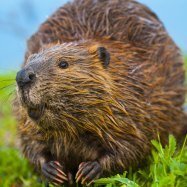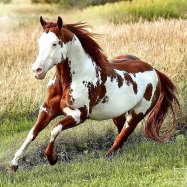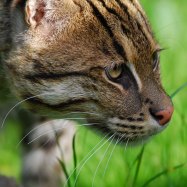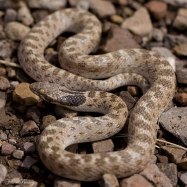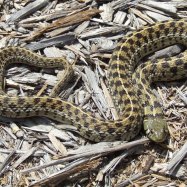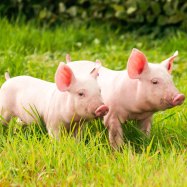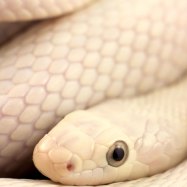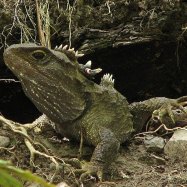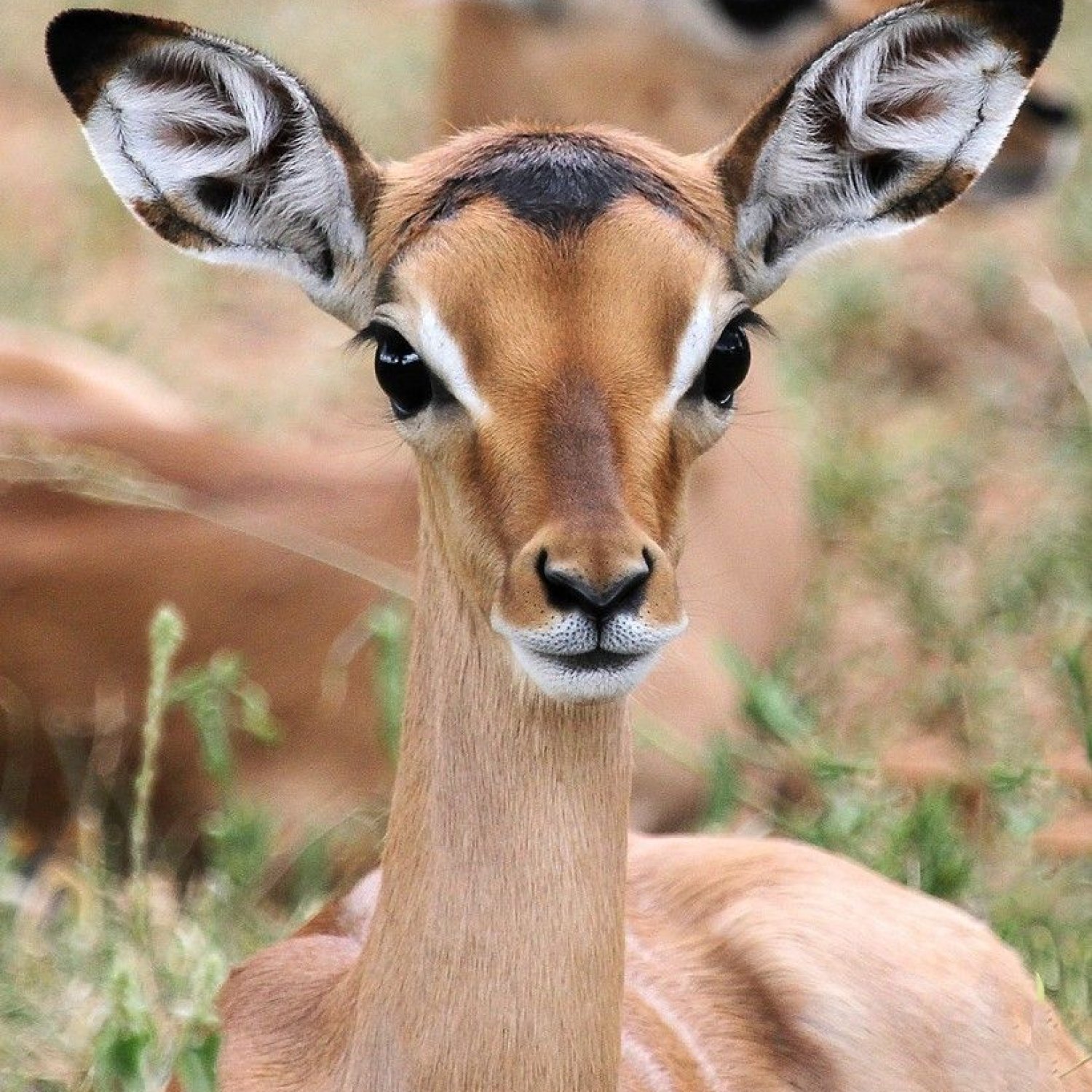
Impala
120 to 150 centimeters
Impalas, a type of antelope found in many game reserves and national parks, can grow up to 120 to 150 centimeters in length. They belong to the Bovidae family and have a slender and athletic body shape. Spot these graceful animals on your next safari adventure!
Animal Details Summary:
Common Name: Impala
Kingdom: Animalia
Habitat: Savannahs, woodlands, grasslands
The Graceful Impala: Africa's Iconic Antelope
The vast savannahs, woodlands, and grasslands of Eastern and Southern Africa are home to some of the most iconic and majestic animals in the world. Among these, the impala (scientific name: Aepyceros melampus) stands out with its stunning reddish-brown coat, athletic body, and graceful movements.For centuries, this antelope species has captivated the hearts of both locals and tourists alike with its beauty and behavior. In this article, we will take a closer look at this remarkable animal, its habitat, feeding habits, and other interesting facts Impala.
The impala belongs to the kingdom Animalia and the phylum Chordata, making it a member of the animal class Mammalia. It is also part of the order Artiodactyla, which includes even-toed hoofed animals such as deer, cattle, and giraffes. The impala belongs to the family Bovidae, which is the second-largest family of mammals, with over 140 species.
Native to Africa, the impala can be found in numerous countries such as Kenya, Tanzania, South Africa, and Botswana. It is also the national animal of Zimbabwe. Despite its widespread presence, the impala population has been declining in recent years due to hunting and habitat loss. However, conservation efforts are being made to protect this beautiful species.
Habitat and Behavior
Impalas are found in a variety of habitats, including savannahs, woodlands, and grasslands. These areas provide the perfect landscape for them to graze and forage Ichthyosaurus. They are also known to be adaptable animals, able to survive in environments with both wet and dry seasons.One of the most striking characteristics of impalas is their herding behavior. They live in groups of 10-30 individuals, led by a dominant male known as a "ram." These herds are typically made up of females and their offspring, with dominant males joining during the mating season.
Herding provides several benefits for the impalas, including increased protection from predators such as lions, hyenas, and leopards. The large group also helps with social interaction and grooming, ensuring a healthy and balanced social structure within the herd.
Feeding Method
Impalas are herbivores, meaning they mainly feed on plants. They have a diverse diet, consuming different types of grasses, leaves, and fruits depending on the season and their location. This varied diet ensures that they receive all the essential nutrients they need to survive.Interestingly, impalas are also known to exhibit a behavior called "rutting." This behavior is typically seen in male impalas during the mating season, where they rub their foreheads on tree branches, bushes, and other objects to leave a scent. This act is believed to be a way for males to attract females and assert dominance over other males.
Physical Characteristics and Adaptation
Impalas are well-known for their slender and athletic bodies, making them incredibly fast and agile runners. Their curved, lyre-shaped horns are another distinctive physical feature that can reach lengths of up to 90 centimeters in males. These horns are used to defend against predators and for territorial fights with other males during mating season.Their reddish-brown coat is another striking physical characteristic, with white markings on the face, throat, and stomach. These markings serve as camouflage, allowing them to blend in with the surrounding vegetation and avoid predators.
Impalas have also adapted to survive in the harsh African climate by having a high heat tolerance and being able to survive on limited water sources. They also have specially designed hooves that can grip the ground, making them better equipped to maneuver through the uneven and rocky terrain of their habitat.
Threats and Conservation Efforts
Despite their adaptability and population numbers, impalas are facing threats from human activities such as habitat destruction and hunting. The rapid expansion of agriculture and urbanization has resulted in the loss of their natural habitat, while hunting for their meat and trophies has also contributed to the declining population.Various organizations, such as the International Union for Conservation of Nature (IUCN) and national parks in African countries, are working towards preserving the impala population through conservation efforts. These include implementing strict hunting regulations, creating protected areas and reserves, and educating the public about the importance of preserving these animals.
The Significance of Impalas in African Culture
For centuries, impalas have held great significance in African culture as a symbol of grace and beauty. They are often depicted in traditional art and folklore, representing strength and resilience. In Zimbabwe, impalas are featured on their coat of arms and are considered a national symbol. They have also been widely featured in popular culture, with their striking appearance and behaviors making them a favorite subject for wildlife documentaries and nature photographers.Exploring Impalas in the Wild
If you're ever lucky enough to visit the African savannah, woodlands, or grasslands, you may come across an impala herd grazing and moving gracefully among the landscape. As they are widespread in many national parks and game reserves, it is relatively easy to spot these beautiful animals in their natural habitat. However, it is essential to remember to observe from a safe distance and to respect their natural environment to avoid any harm to the animals or their habitats.In conclusion, the impala is a remarkable and iconic species that has captured the hearts of many with its elegant appearance and behavior. As we continue to learn more about these animals and their importance in the African ecosystem, it is crucial to support conservation efforts and ensure the survival of this beautiful species for generations to come.

Impala
Animal Details Impala - Scientific Name: Aepyceros melampus
- Category: Animals I
- Scientific Name: Aepyceros melampus
- Common Name: Impala
- Kingdom: Animalia
- Phylum: Chordata
- Class: Mammalia
- Order: Artiodactyla
- Family: Bovidae
- Habitat: Savannahs, woodlands, grasslands
- Feeding Method: Herbivorous
- Geographical Distribution: Eastern and Southern Africa
- Country of Origin: Africa
- Location: Many game reserves and national parks
- Animal Coloration: Reddish-brown coat with lighter underparts
- Body Shape: Slender and athletic
- Length: 120 to 150 centimeters
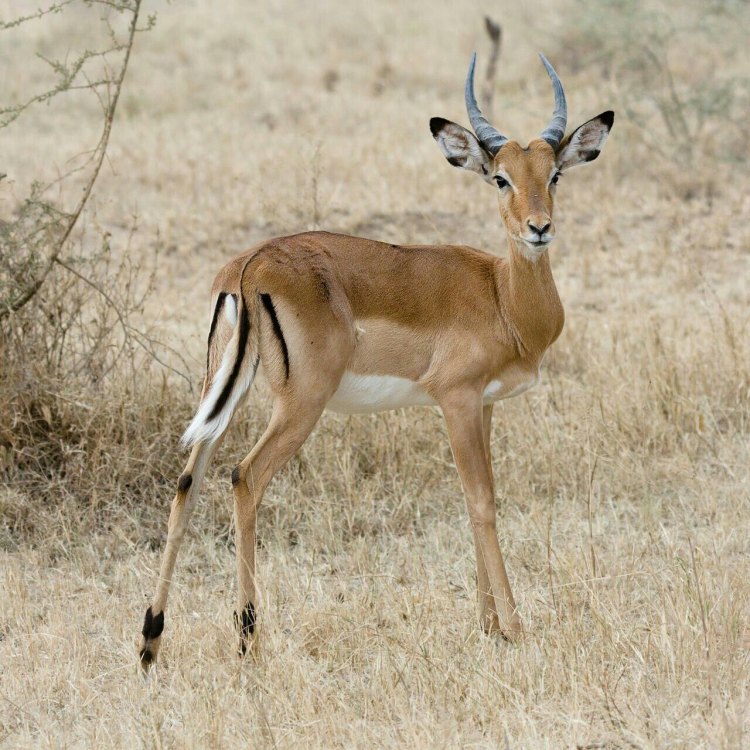
Impala
- Adult Size: 60 to 92 kilograms
- Average Lifespan: 10 to 15 years
- Reproduction: Sexual
- Reproductive Behavior: Periodic breeding
- Sound or Call: Loud snorting or grunting alarm call
- Migration Pattern: Migratory in some regions
- Social Groups: Form temporary mixed-sex herds
- Behavior: Highly alert and agile
- Threats: Habitat loss and fragmentation, predation
- Conservation Status: Least Concern
- Impact on Ecosystem: Important prey species for large predators
- Human Use: Hunting and ecotourism
- Distinctive Features: Long, lyre-shaped horns in males
- Interesting Facts: Impalas are excellent jumpers and can leap up to 9 meters in length.
- Predator: Lions, leopards, cheetahs, African wild dogs
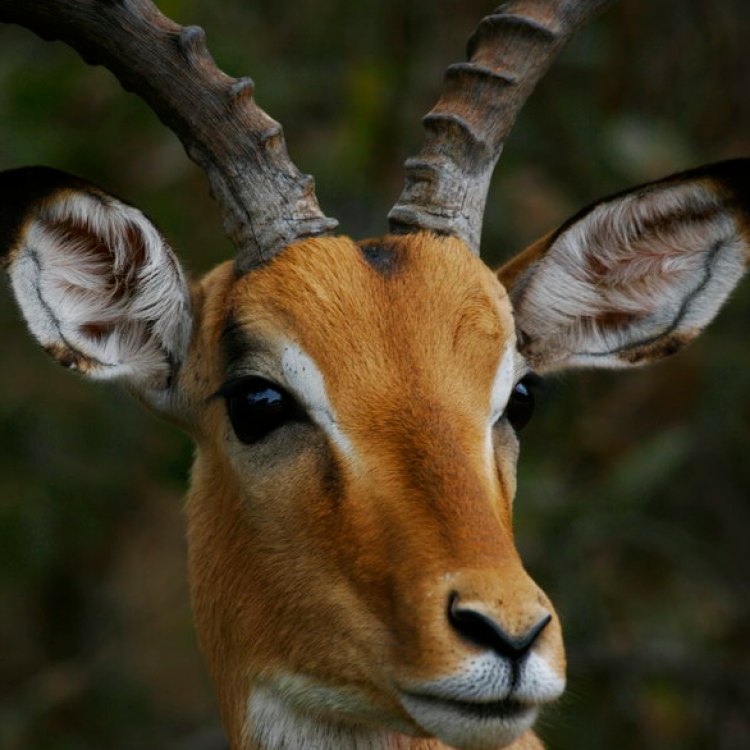
Aepyceros melampus
The Fascinating World of the Impala: Africa's Agile Antelope
Africa is a land of diverse wildlife, known for its iconic animals like the majestic lion, the towering giraffe, and the fierce African elephant. However, among these well-known animals, there is one species that often goes unnoticed but is no less impressive – the impala.With its striking appearance, high alertness, and incredible athletic abilities, the impala is a fascinating creature that deserves recognition. In this article, we will take a closer look at this enigmatic antelope and discover its unique features and behaviors PeaceOfAnimals.Com.
The Impala's Physical Characteristics
The impala (Aepyceros melampus) is a medium-sized antelope that is native to Southern and Eastern Africa. It is a slender animal, measuring about 75-95 cm at the shoulder and weighing between 60 to 92 kilograms. Females are slightly smaller than males, with shorter horns, and are known as ewes, while males are referred to as rams.One of the most distinctive features of impalas is their long, lyre-shaped horns that curve backward. These horns, found only in males, can grow up to 90 cm in length and are used for defense against predators and also for sparring with other males during the breeding season.
The coat of an impala is a rich chestnut color, with a lighter underbelly and white markings on the chin, throat, and ears. This coloration provides excellent camouflage in their habitat, which is typically open woodland and savannah grasslands.
Reproduction and Behavioral Patterns
Impalas are sexually reproducing animals, meaning they need both male and female to reproduce. The breeding season, also known as the rut, typically occurs between May and August, during the dry season when food is scarce, and females are in estrus Ibis.During this time, males will fight for control of a harem of females, using their powerful horns to defend their territory. These fights are known as "crashing," due to the loud sound produced when the horns collide.
Once a male has secured a harem, he will mate with all the females within his territory, ensuring his genes are passed on to the offspring. Female impalas give birth to a single calf after a gestation period of six to seven months. The offspring, called lambs, are born well-developed and can stand and walk within minutes of birth.
Impalas also have a fascinating migration pattern. In some regions, they migrate during the dry season in search of food and water, covering long distances to reach their destination. This movement helps them avoid competition with other herbivores and also protects them from predators.
Social Habits and Unique Behavior
Unlike other antelopes, impalas do not form permanent herds but instead form temporary mixed-sex herds, especially during the dry season. These herds can consist of up to 100 individuals, ranging from newborn calves to adults.Impalas are highly social animals, and within these herds, they form close relationships, especially between mothers and their offspring. When a lamb is born, it will stay close to its mother for the first few months, and she will actively protect it from any potential threats.
Another impressive behavior of impalas is their agility and alertness. Being a prey species, they are constantly on the lookout for predators and have excellent eyesight and hearing. They are also incredibly fast runners, capable of reaching speeds of up to 60 kilometers per hour.
But what truly sets impalas apart is their incredible jumping abilities. They can leap up to 9 meters in length and 3 meters in height, making them one of the best jumpers in the animal kingdom. This skill helps them escape from predators and also navigate their way through their habitat, which can be filled with obstacles like bushes and rocks.
The Impala's Role in the Ecosystem
As a vital prey species for numerous large predators, impalas play an important role in the African ecosystem. Their population size and migration patterns can have a significant impact on the entire food chain, affecting not only predators but also vegetation.The presence of impalas also influences the distribution of other herbivores, as they tend to avoid areas with high impala numbers. This effect helps balance out grazing pressure on plants, promoting a diverse range of vegetation, which is essential for a healthy ecosystem.
Threats and Conservation Status
Like many other animals in Africa, impalas are facing threats to their survival. Habitat loss and fragmentation due to human development are major concerns, as they restrict the animals' movements and access to food and water sources.Predation by their natural predators, such as lions, leopards, cheetahs, and African wild dogs, is another significant threat to impalas. As human settlements expand, conflict between humans and the wildlife also poses a danger to their population.
Despite these challenges, the International Union for Conservation of Nature (IUCN) lists impalas as a species of "Least Concern." The population is considered stable, and efforts are being made to ensure their habitats are protected and human-wildlife conflict is managed.
Utilization by Humans
Impalas have been utilized by humans for centuries, both for hunting and ecotourism. In some regions, impala meat is considered a delicacy, and the animal's skin is used to make leather goods. The beauty and grace of impalas also attract tourists to wildlife reserves and parks, contributing to local economies and conservation efforts.Final Thoughts
The impala may not get as much attention as other African species, but it is undoubtedly a remarkable creature with unique features and behaviors. Its ability to thrive in the African savannah, despite numerous challenges, is a testament to its resilience and adaptability.As we continue to strive towards conserving and protecting our planet's wildlife, let us not forget to appreciate and celebrate the lesser-known species like the impala, for without them, our world would not be as diverse and beautiful as it is.
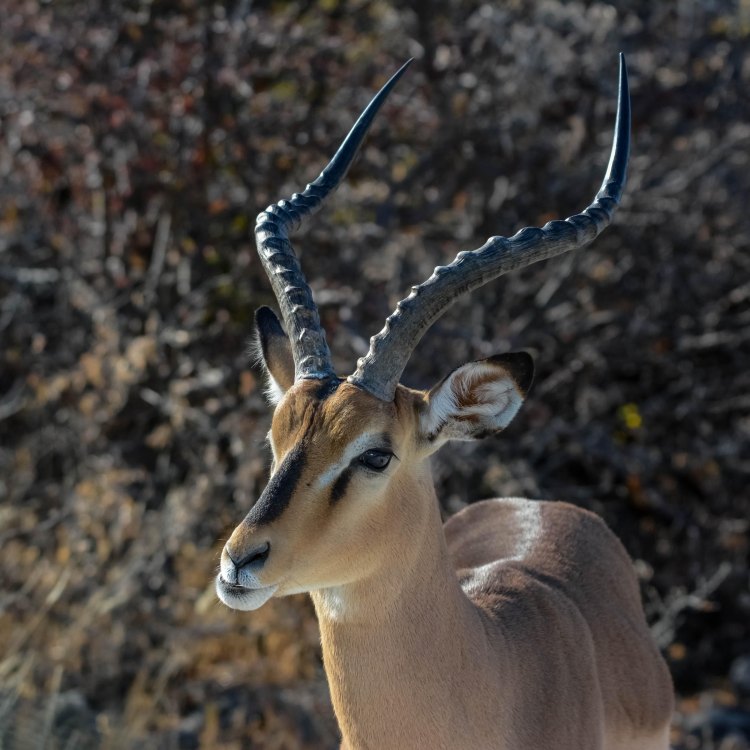
The Graceful Impala: Africa's Iconic Antelope
Disclaimer: The content provided is for informational purposes only. We cannot guarantee the accuracy of the information on this page 100%. All information provided here may change without prior notice.

